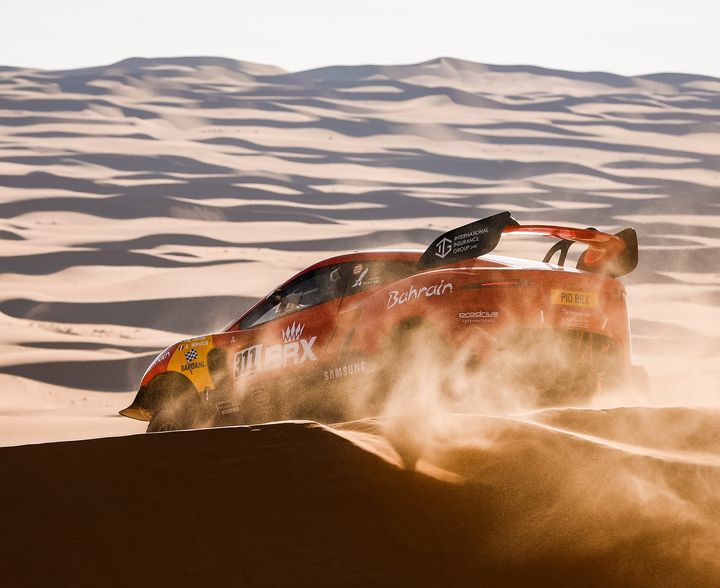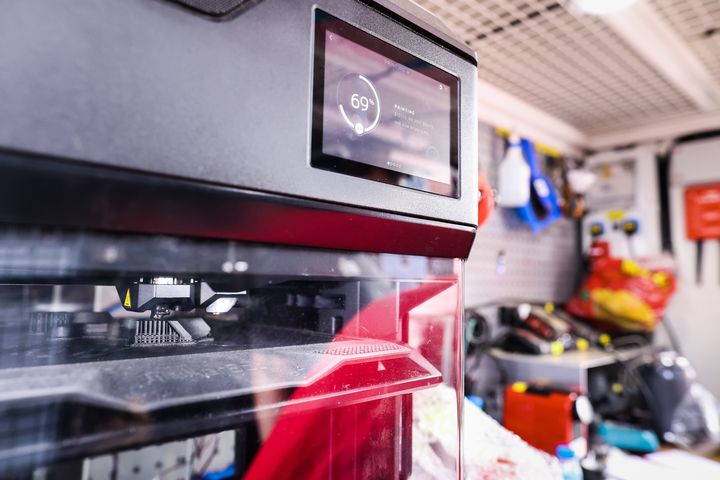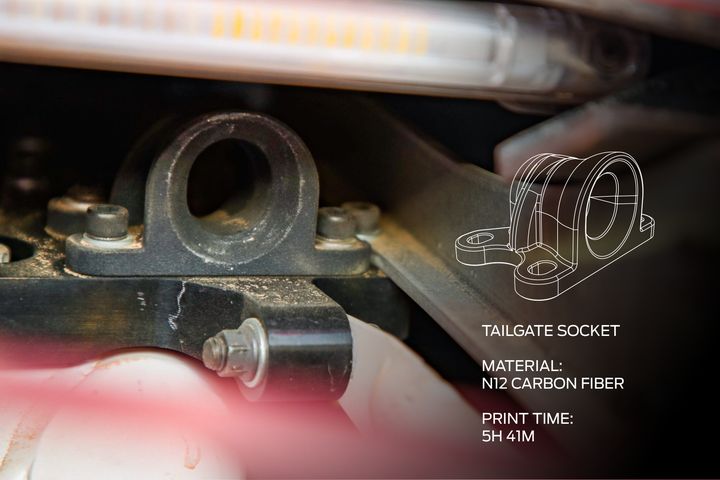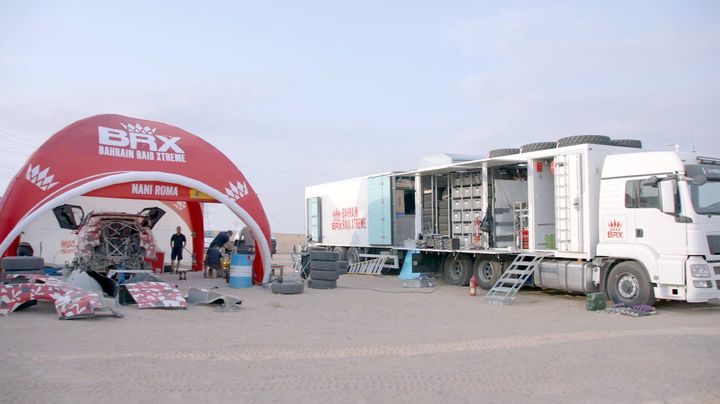
One of MakerBot’s clients demonstrated a very unusual method of using 3D printing.
The company published a video explaining how their client, ProDrive, used the METHOD X 3D printer to produce parts for their Dakar Rally vehicles under the team name Bahrain Raid Extreme (a.k.a “BRX”).
Can 3D Printers Be Portable?
Using 3D printers to produce parts for automobiles is not a new use case, although it’s still rarer than it should be. However, the difference here is that BRX took the 3D printer with them to the desert and produced parts during the race itself.
This is quite a change from the past when 3D printers used fragile materials to produce rough prototypes in the lab. Back then it would be unthinkable to drag a 3D printer into the field for real-time activity. In fact, you really couldn’t as the machines were far too bulky and in some cases required three-phase power and compressed air. Not the sort of thing easily obtained in mobile mode.
Then inexpensive desktop 3D printers emerged that were far more portable, and in fact it was even possible to use them literally as a backpack while walking around.
3D Printing Engineering Materials

However, that didn’t really lead to the use case we’re pursuing here, because these desktop units, although portable, did not and still do not handle engineering-grade materials that could be of practical use for production-ready parts.
That’s now changed; many 3D printers now offer the ability to use an increasing variety of engineering materials like nylon, ASA, and some even can make parts in high-temperature materials like PEEK.
MakerBot’s METHOD X is one of the smaller machines that can produce accurate 3D printed parts using strong engineering materials. In particular, their carbon-fiber nylon material is sufficiently strong and heat resistant to be used in place of metal parts in many applications.
It was for this reason that BRX chose the METHOD for their project. They acquired two devices for their UK workshop where they developed several custom parts for use in the 2021 Dakar Rally.
Mobile METHOD X

But then the interesting part happened: they took one of the machines with them to the Saudi desert along with the racing car. That’s only possible because the METHOD X is a relatively portable machine. It sits on a desktop and weighs only 29.5 kg (65 lbs). That’s a far cry from other 3D printers that might weigh 3X that amount.
The presence of a 3D printer on site allowed them to quickly replace broken parts, or at least the 30 or so that were 3D printed.
They not only could replace parts, but they were also using this capability to change the design of some parts during the rally. They could conceive of a change and commence printing only an hour later. This adds quite a bit of flexibility for a team that’s otherwise in quite a remote situation.
The Dakar Rally in particular is most interesting for this scenario, because it is one of the most extreme races that takes place worldwide. Vehicles are subjected to incredible stresses over unfamiliar terrain for days. This can quickly expose problems in design that could now be re-designed on the fly.

The METHOD X was not placed on the desert sands directly, of course. Instead it was installed in a special trailer that accompanied the cars to the rally. The trailer provided power (and sand protection) to the METHOD X, as well as housing all the other parts and repair capabilities.
This demonstration could show others that it is possible for mobile 3D printing on demand.
Via MakerBot
